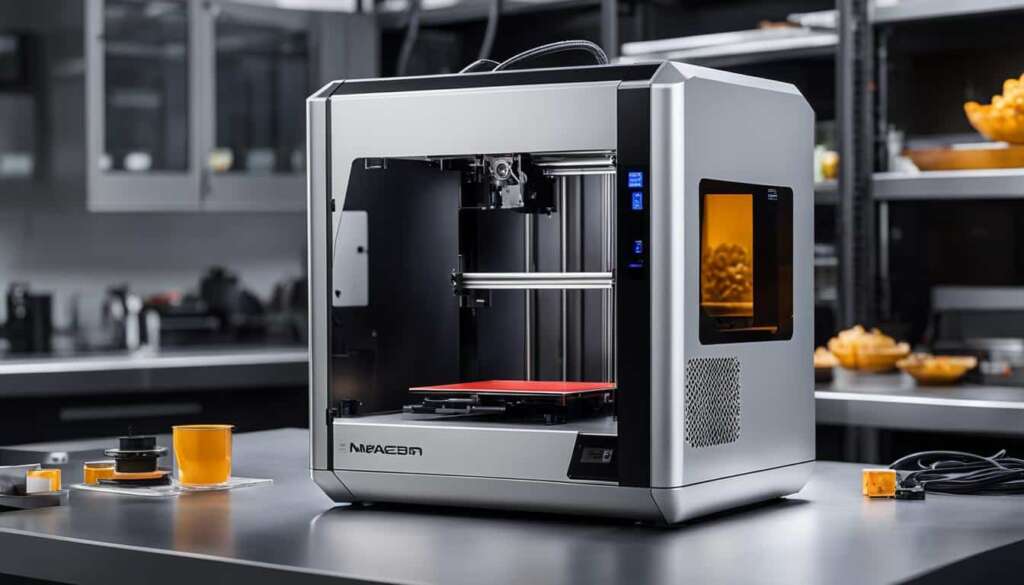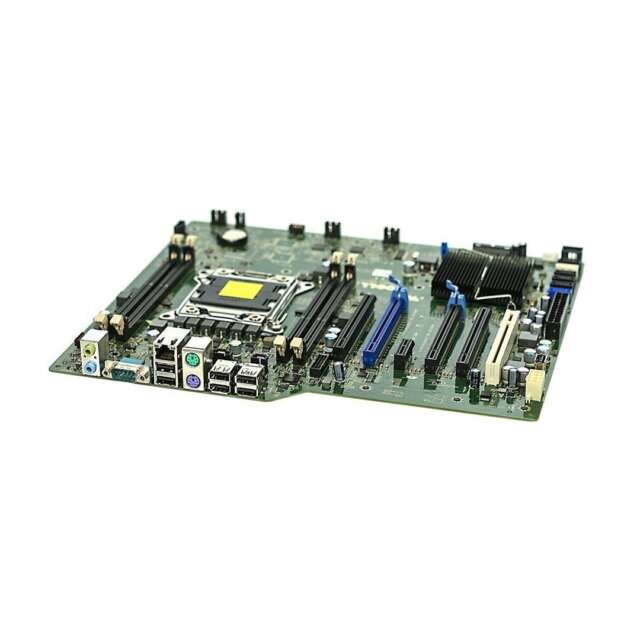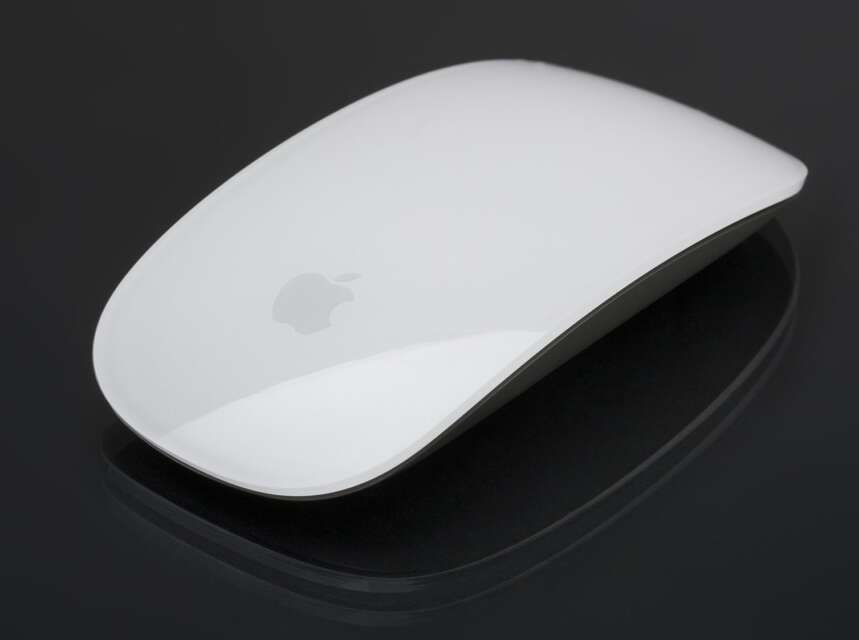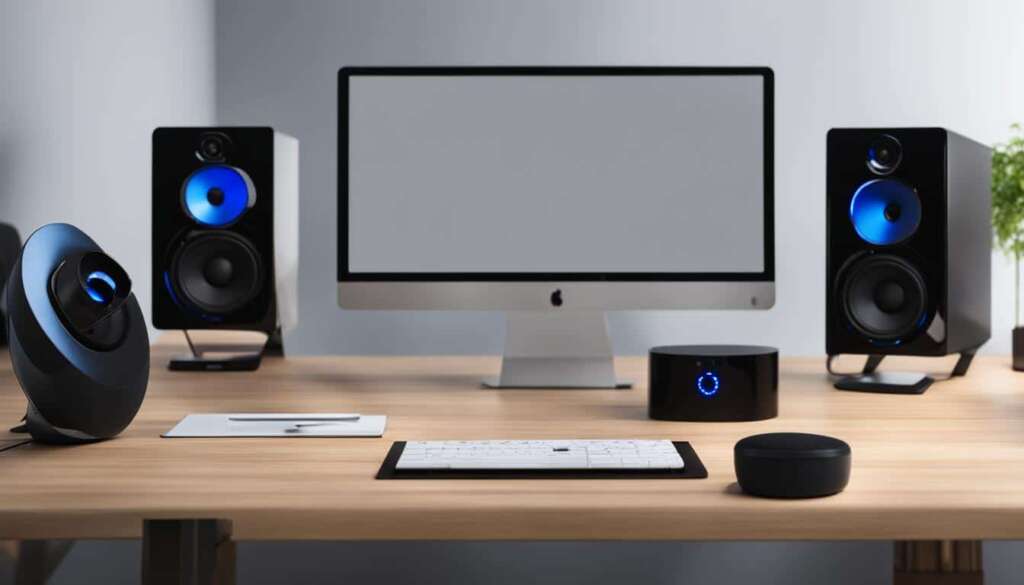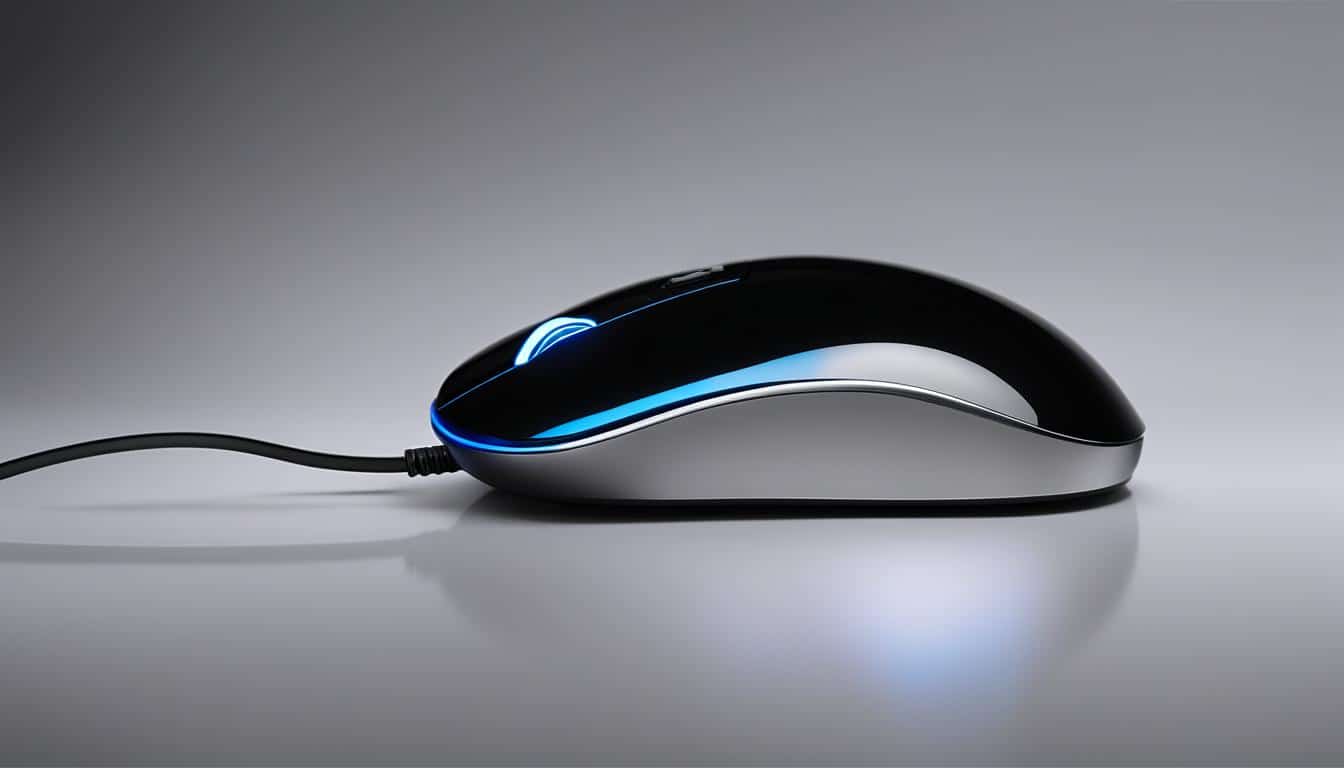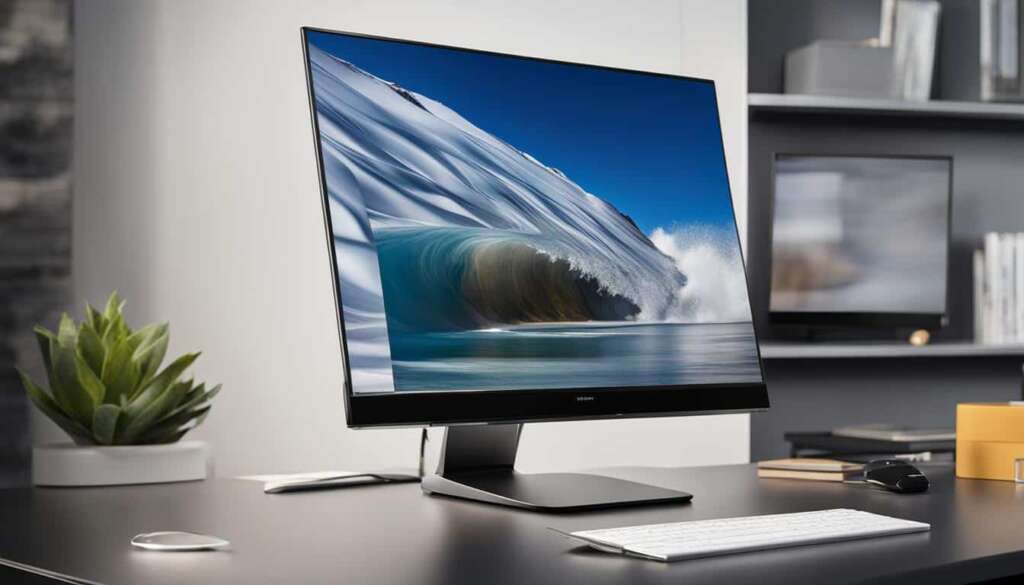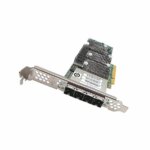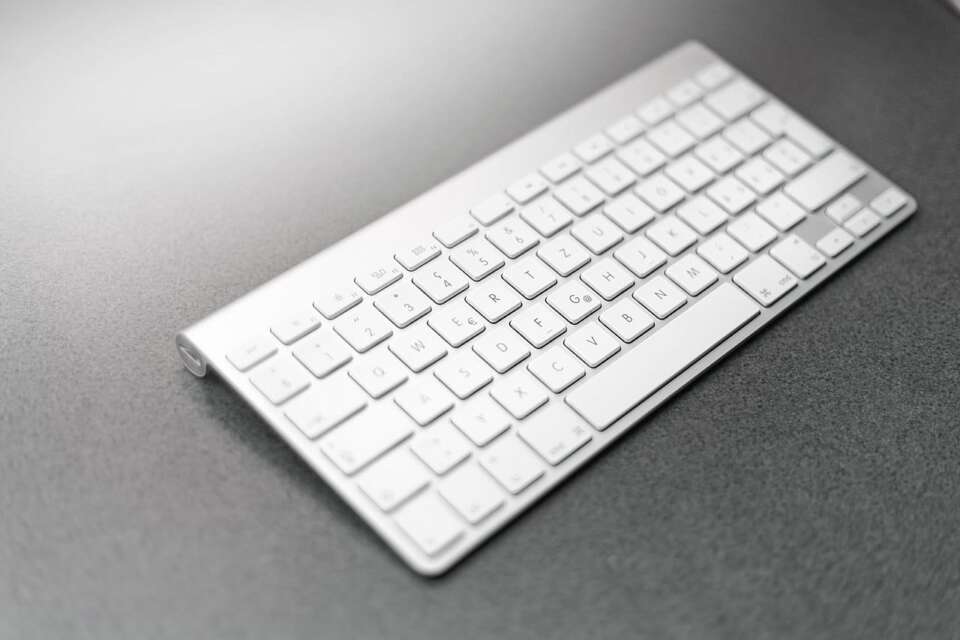Table of Contents
Discover the world of desktop metal and unlock the endless possibilities of 3D metal printing with our comprehensive guide. In today’s rapidly advancing field of metal additive manufacturing, desktop metal printers are revolutionizing the way we design, prototype, and fabricate metal parts.
With metal 3D printing, you can bring your ideas to life with unrivaled precision and complexity. Whether you’re a designer, engineer, or manufacturer, these cutting-edge technologies offer unparalleled benefits, including rapid prototyping, high-fidelity fabrication, and the ability to create intricate metal components.
Join us on a journey through the diverse world of metal 3D printing technologies and applications. From powder bed fusion to direct energy deposition, metal binder jetting to ultrasonic sheet lamination, we’ll explore each method’s strengths, limitations, and real-world use cases.
Stay ahead of the curve by learning about the latest advancements in the industry, including extrusion-based metal 3D printing, material jetting, and metal jet technology. Discover how these innovative processes are shaping the future of metal fabrication, offering new avenues for creativity and efficiency.
Whether you’re new to the world of metal 3D printing or looking to expand your knowledge, this guide is your ultimate resource for unleashing the true potential of desktop metal. Understand the possibilities, explore the technologies, and embrace the limitless possibilities that metal additive manufacturing has to offer.
Metal 3D Printing Technologies
There are several metal 3D printing technologies currently available, each with its own unique benefits and limitations. These technologies include:
- Powder Bed Fusion: This is the most established method of metal 3D printing. It involves fusing powdered metal layers together using a laser or electron beam. Powder bed fusion includes technologies such as selective laser melting (SLM), direct metal laser sintering (DMLS), and electron beam melting (EBM).
- Direct Energy Deposition: This technology is commonly used for high-temperature metal superalloys. It involves melting metal material with a laser or electron beam as it is deposited onto a build platform.
- Metal Binder Jetting: Metal binder jetting offers cost-effective printing by depositing droplets of a binding agent onto layers of metal powder. This technology allows for faster printing speeds and larger printing volumes.
- Ultrasonic Sheet Lamination: This technology allows for low-temperature metal printing and the creation of parts with embedded electronics. It involves welding thin metal foils together using ultrasonic vibrations under pressure.
Each of these metal 3D printing technologies has its own strengths and applications. Powder bed fusion provides high accuracy and is suitable for a wide range of metals. Direct energy deposition offers the ability to work with high-temperature alloys. Metal binder jetting is a cost-effective option with fast printing speeds. Ultrasonic sheet lamination allows for the creation of complex parts with embedded electronics.
With these technologies, metal 3D printing is revolutionizing the manufacturing industry, enabling the production of complex parts with enhanced efficiency and design flexibility.
Powder Bed Fusion Technologies
Powder bed fusion is a revolutionary metal 3D printing technology that harnesses the power of lasers and electron beams to fuse powdered metal layers together, creating intricate and high-precision parts. Among the various techniques employed in powder bed fusion, two prominent processes are selective laser melting (SLM) and direct metal laser sintering (DMLS).
In selective laser melting (SLM), a powerful laser selectively fuses metal particles, layer by layer, according to a computer-generated 3D model. This process ensures exceptional accuracy in the fabrication of complex geometries, resulting in parts with high structural integrity and dimensional stability.
Direct metal laser sintering (DMLS) is another variant of powder bed fusion that utilizes a similar laser-based approach. However, unlike SLM, DMLS achieves lower density parts by partially melting the metal particles. This technique is particularly beneficial when intricate and lightweight designs are desired, offering significant reductions in material usage and reduced part weight.
“Powder bed fusion technologies like SLM and DMLS provide unmatched precision and versatility in metal 3D printing, enabling the production of intricate and high-quality components. These techniques have revolutionized the manufacturing industry, offering innovative solutions for various sectors.”
Another powder bed fusion process is electron beam melting (EBM), which employs an electron beam as the heat source. This technique is often employed in the production of high-temperature superalloys.
While each powder bed fusion technology has its own strengths and limitations, they collectively represent a significant breakthrough in metal additive manufacturing, allowing for the fabrication of complex parts with exceptional accuracy and structural integrity. Whether it’s producing lightweight aerospace components or medical implants, powder bed fusion techniques are driving innovation and revolutionizing the way we create metal parts.
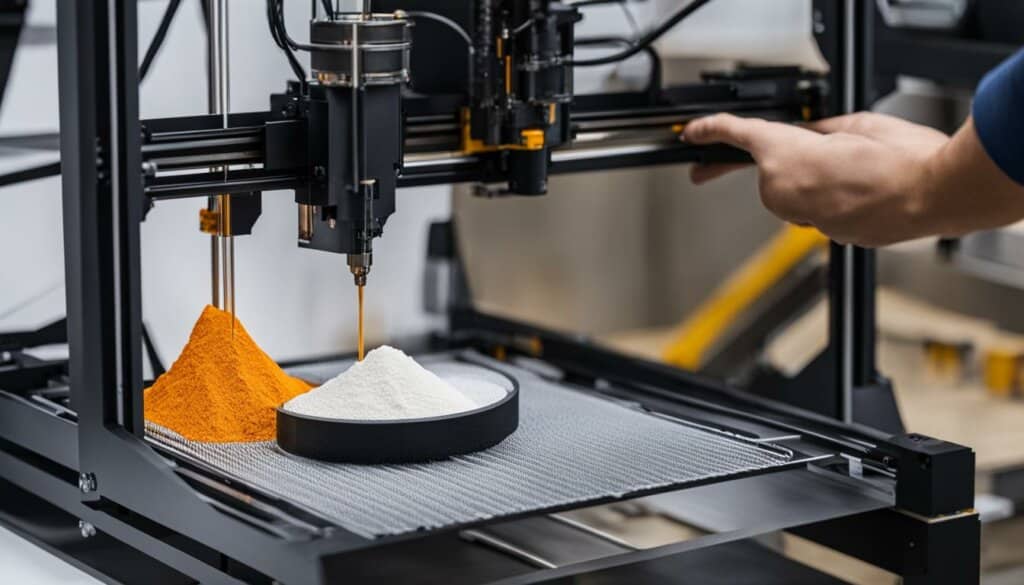
| Technique | Key Features | Applications |
|---|---|---|
| Selective Laser Melting (SLM) | – Exceptional accuracy and precision – High structural integrity – Dimensional stability |
– Aerospace components – Medical implants – Automotive parts |
| Direct Metal Laser Sintering (DMLS) | – Lightweight designs – Reduced material usage – Enhanced part complexity |
– 3D printed jewelry – Prototypes and concept models – Customized consumer products |
| Electron Beam Melting (EBM) | – High-temperature superalloys – Superior mechanical properties – Large-scale parts |
– Aerospace – Nuclear energy – Biomedical engineering |
Direct Energy Deposition
Direct energy deposition (DED) is an innovative metal 3D printing process that offers remarkable capabilities for metal prototyping and production. It involves the precise melting of metal material using a laser or electron beam as it is deposited onto a build platform. This allows for the creation of highly dense parts with near-net shapes, reducing the need for extensive post-processing.
One of the key advantages of DED is its fast printing speeds, which make it ideal for time-sensitive projects. Additionally, DED offers the flexibility to work with metal materials in either powder or wire form, providing versatility in material options.
“Direct energy deposition is revolutionizing the metal 3D printing process by offering rapid prototyping and functional part production with superior density and shape accuracy.”
Metal Binder Jetting
If you’re looking for a cost-effective metal printing solution, metal binder jetting might just be the technology you need. This innovative metal 3D printing process involves depositing droplets of a binding agent onto layers of metal powder, allowing you to create intricate parts with ease.
What sets metal binder jetting apart is its ability to use multiple print heads simultaneously, speeding up the printing process and increasing productivity. With faster printing speeds and a large printing volume, metal binder jetting machines are ideal for creating complex, high-quality metal parts in a cost-effective manner.
However, it’s important to note that parts produced using metal binder jetting technology may have limited mechanical properties. To improve their strength and durability, post-processing steps such as curing, sintering, and bronze infiltration are often required. These additional steps ensure that your printed parts meet the necessary standards and can withstand demanding applications.
With its cost-effectiveness and capability to produce intricately designed metal parts, metal binder jetting is a promising metal 3D printing technology that continues to push the boundaries of manufacturing possibilities.
Benefits of Metal Binder Jetting
The advantages of metal binder jetting technology are numerous:
- Cost-effective metal printing: Metal binder jetting offers a more affordable alternative to traditional manufacturing methods for producing metal parts.
- Fast printing speeds: With the use of multiple print heads, metal binder jetting machines can achieve faster printing speeds, significantly reducing production time.
- Large printing volume: Metal binder jetting machines are capable of printing larger parts, making it ideal for applications that require sizeable metal components.
While metal binder jetting does have its limitations, it remains a cutting-edge metal 3D printing technology that opens up new possibilities for cost-effective and efficient metal fabrication.
Ultrasonic Sheet Lamination
Ultrasonic sheet lamination is a revolutionary low-temperature metal additive manufacturing process that combines the precision of ultrasonic vibrations with the strength of welded metal foils. This innovative technique involves the bonding of thin metal foils together under pressure, creating intricate and durable parts.
One of the key advantages of ultrasonic sheet lamination is its low-temperature nature, which allows for the use of a wide variety of metals, including those with low melting points. This means that even delicate electronic components can be embedded within the metal structures during the printing process, expanding the possibilities for functional designs.
Ultrasonic sheet lamination offers numerous benefits, making it an attractive choice for many applications. Firstly, it is a cost-effective metal printing method, providing excellent value for money without compromising on quality. Additionally, this process enables fast printing speeds, resulting in shorter production times and improved efficiency.
After the printing process, excess material can be easily removed and the part can be finished using computer numerical control (CNC) milling, ensuring precise dimensions and a smooth surface finish. This allows for the creation of high-quality parts with minimal post-processing requirements.
To illustrate the advantages of ultrasonic sheet lamination, consider the following comparison table:
| Aspect | Ultrasonic Sheet Lamination | Powder Bed Fusion |
|---|---|---|
| Printing Temperature | Low | High |
| Embedded Electronics | Yes | No |
| Printing Speed | Fast | Slower |
| Post-processing | Minimal | Extensive |
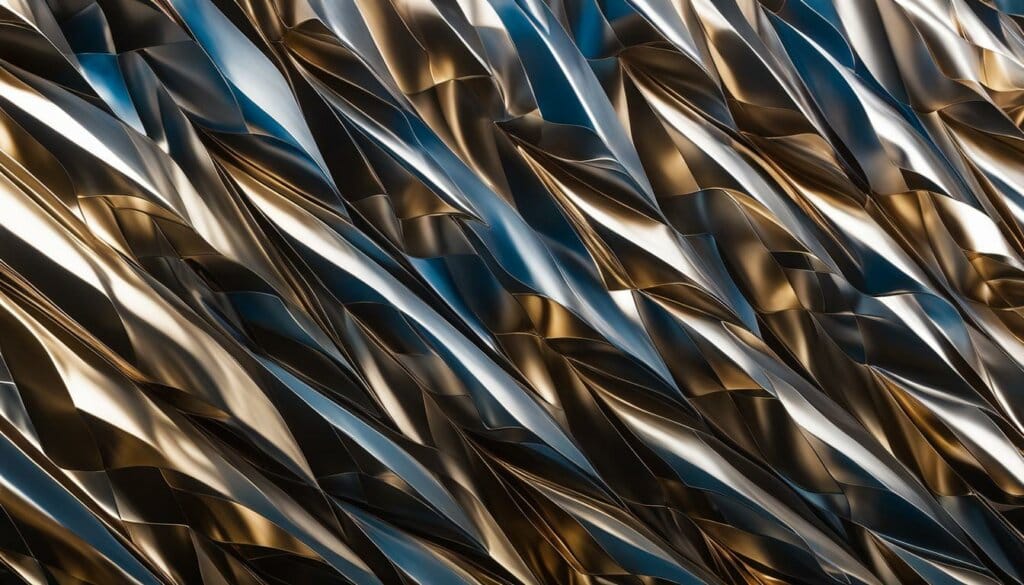
New Metal 3D Printing Processes
As the metal 3D printing industry continues to evolve, exciting new technologies are emerging that have the potential to revolutionize the field. These innovative processes are pushing the boundaries of what is possible in metal additive manufacturing, offering enhanced capabilities and improved efficiency.
Extrusion-Based Metal 3D Printing
Extrusion-based metal 3D printing is a cutting-edge technique that involves heating and extruding metal filaments to create parts layer by layer. This process offers several advantages, including the ability to produce large-scale parts and the flexibility to work with a wide range of metal materials. Extrusion-based metal 3D printing is cost-effective and enables rapid production, making it a promising technology for various industries.
Material Jetting
Material jetting is an inkjet printing process that has been adapted for metal 3D printing. It utilizes precise droplet deposition to achieve high levels of detail and finish in printed metal parts. Material jetting technology allows for the use of multiple materials in a single print, enabling the creation of complex and multi-functional components. With its ability to produce intricate designs and exceptional surface quality, material jetting is shaping the future of metal 3D printing.
Metal Jet Technology
Metal jet technology, developed by HP, is a groundbreaking advancement in the field of metal 3D printing. Building on the foundation of binder jetting, metal jet technology enhances the process to enable faster and more cost-effective printing of metal parts. This innovative approach eliminates the need for costly and time-consuming tooling, opening up new possibilities for on-demand production and customization. Metal jet technology is poised to transform various industries, from aerospace to healthcare, by offering a scalable and efficient metal 3D printing solution.
In conclusion, these new metal 3D printing technologies, including extrusion-based metal 3D printing, material jetting, and metal jet technology, are driving innovation and pushing the boundaries of what can be achieved in additive manufacturing. These advancements bring us closer to a future where complex metal parts can be produced with ease, efficiency, and exceptional quality.
Conclusion
Desktop Metal is leading the way in innovative metal fabrication solutions through its range of advanced metal 3D printing technologies. Whether it’s rapid prototyping or mass production, Desktop Metal systems offer exceptional finish, part accuracy, and numerous advantages in terms of cost, speed, and throughput compared to traditional manufacturing processes.
By harnessing the potential of metal additive manufacturing, Desktop Metal has revolutionized the way metal parts are fabricated. With a diverse range of materials available, including alloys, composites, and ceramics, Desktop Metal provides endless possibilities for creating complex and functional metal components.
As the forefront of the metal additive manufacturing industry, Desktop Metal continues to push boundaries and drive innovation. Their commitment to advancing the capabilities of metal 3D printing ensures that businesses can benefit from increased efficiency, reduced lead times, and unparalleled design freedom in their manufacturing processes. With Desktop Metal, the future of metal fabrication is here.
FAQ
What is metal 3D printing?
Metal 3D printing is a process that uses various technologies to create complex metal parts by adding layers of metal material. It is a type of additive manufacturing that allows for rapid prototyping and high-fidelity metal fabrication.
What are the benefits of metal 3D printing?
Metal 3D printing offers numerous benefits, including the ability to create complex geometries, rapid prototyping, and high-fidelity metal fabrication. It also allows for the production of parts with high accuracy and the use of a variety of metal materials.
What are the different metal 3D printing technologies available?
The different metal 3D printing technologies available include powder bed fusion, direct energy deposition, metal binder jetting, and ultrasonic sheet lamination.
What is powder bed fusion?
Powder bed fusion is a metal 3D printing technology that uses a laser or electron beam to selectively fuse layers of powdered metal together, creating parts with high accuracy.
What is direct energy deposition?
Direct energy deposition is a metal 3D printing process that involves melting metal material with a laser or electron beam as it is deposited onto a build platform. It is commonly used for repairing damaged parts and creating functional prototypes.
What is metal binder jetting?
Metal binder jetting is a cost-effective metal 3D printing technology that involves depositing a binding agent onto layers of metal powder to create parts. This process offers faster printing speeds and a large printing volume.
What is ultrasonic sheet lamination?
Ultrasonic sheet lamination is a low-temperature metal additive manufacturing process that involves welding thin metal foils together using ultrasonic vibrations under pressure. It allows for the creation of parts with embedded electronics.
Are there any new metal 3D printing processes?
Yes, there are several new metal 3D printing processes that have the potential to revolutionize the industry. These include extrusion-based metal 3D printing, material jetting, and metal jet technology.
What does Desktop Metal offer in terms of metal 3D printing solutions?
Desktop Metal offers a range of innovative metal 3D printing solutions for various applications, including rapid prototyping and mass production. Their systems provide exceptional finish, part accuracy, and cost and speed advantages compared to traditional manufacturing processes.

